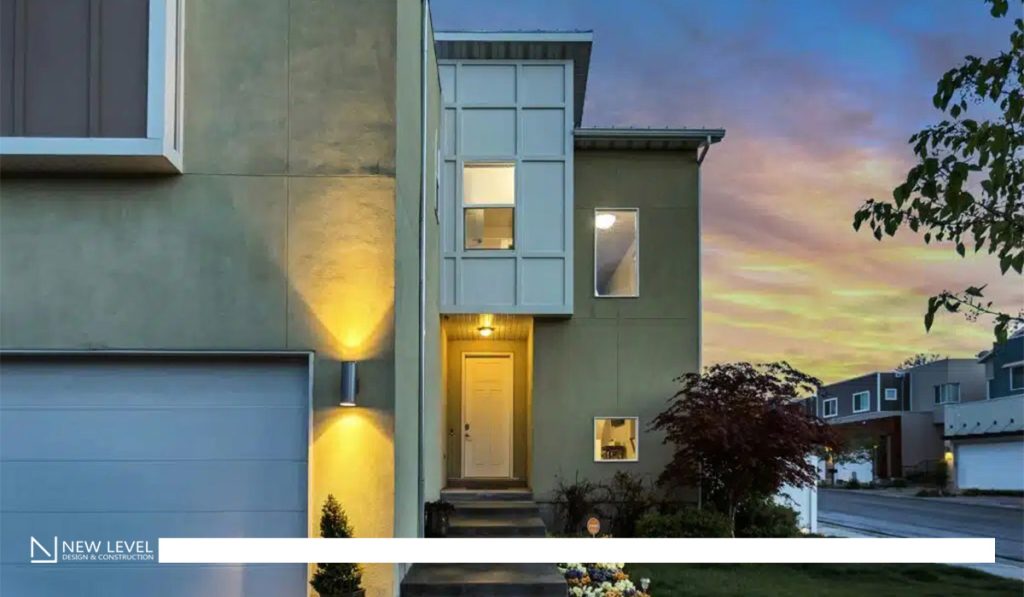Smart and responsive architecture revolutionizes building design by integrating cutting-edge technologies to optimize comfort, efficiency, and sustainability. It entails structures that dynamically adapt to changing conditions and user preferences in real time, promising a future where buildings become intuitive and deeply attuned to their surroundings and occupants. Let’s dig a bit deeper into some of the ways that architects are using smart and responsive architecture:

The integration of smart technologies in design represents a significant evolution in architecture, where buildings become more than static structures, but rather dynamic entities. By incorporating sensors, data analytics, and automation systems, architects can create spaces that intelligently adapt to environmental conditions, user behavior, and energy demands.
Together, these technologies enhance comfort, efficiency, and sustainability, which not only improves the overall functionality of buildings but also fosters a more interactive and personalized experience for occupants.
Responsive buildings adapting to environmental conditions help show off the relationship between architecture and nature, where structures seamlessly interact with their surroundings to optimize performance and sustainability. Through innovative design strategies such as passive solar heating, natural ventilation systems, and dynamic shading elements, architects create buildings that respond intuitively to changing weather patterns, daylight levels, and air quality.
These responsive features not only enhance occupant comfort but also reduce energy consumption and carbon emissions. By harmonizing with the natural environment, these buildings exemplify a holistic approach to architecture.
The utilization of automated climate control and security systems represents a pinnacle of modern architectural innovation, enhancing both comfort and safety within buildings. Through sophisticated sensors and algorithms, architects can design buildings that intelligently regulate temperature, humidity, and air quality. Additionally, automated security systems provide real-time monitoring and response to potential threats, bolstering safety and peace of mind.
By integrating these technologies seamlessly into building design, architects not only elevate the user experience but also contribute to greater efficiency, sustainability, and resilience within the building itself.
One notable example is the Marina Bay Sands in Singapore, featuring a stunning rooftop infinity pool supported by advanced structural engineering and hydraulic systems.
Another is the Copenhagen International School, where a façade of solar panels harnesses renewable energy while also serving as a dynamic shading system.
In addition, the Edge in Amsterdam stands out for its integration of smart sensors and data analytics to create an energy-efficient and user-centric workplace.
These examples demonstrate how technology can seamlessly enhance functionality, sustainability, and aesthetics, pushing the boundaries of architectural design.
Source:
Architectural Design Trends 2024: Innovations in Sustainability – Format Magazine